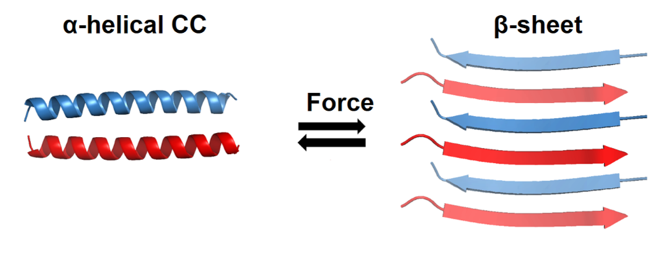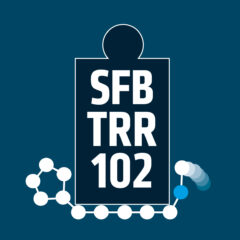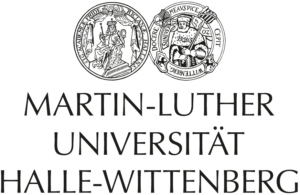Force-induced α-β transitions in coiled coil structures
by Anna-Maria Tsirigoni
and
Effects of topological constraints in polymer melts on crystallization and structure formation
by Tonghua Liu
date: November 16, 15.00
hybrid seminar: Von-Seckendorff-Platz 1, room 5.09 + zoom
chair: Stephan
Abstracts
Force-induced α-β transitions in coiled coil structures
by Anna-Maria Tsirigoni
Coiled coils (CCs) are self-assembled structural motifs that consist of two (or more) α-helices, which intertwine in a superhelical manner. CCs are found in a large number of proteins from the cytoskeleton and the extracellular matrix, suggesting their association with mechanobiochemical responses. Most interestingly, increasing evidence has revealed that CCs can undergo a mechanically induced structural transition, leading to the formation of β-sheets. It is widely acknowledged that this α-β transition (αβT) contributes to the non-linear mechanical response of tissues; however, it has remained an open question if and how this structural transition is programmed into the amino acid sequence.

To address this fundamental question, we are utilizing de novo designed, heterodimeric CCs with a length of 4-6 heptads. Atomic force microscope (AFM)-based single-molecule force spectroscopy is employed to investigate their mechanical response, focusing on the molecular rupture forces [1,2] and the presence of a force plateau that would indicate the occurrence of the predicted structural transition. None of the sequences tested yields a high frequency of force-extension curves with detectable force plateaus. This suggests that the αβT does not occur in our 4-6 heptad sequences or, alternatively, that the plateaus are too short or too noisy to be clearly discriminated in the measured force-extension curves. At the same time, preliminary results suggest that the rupture forces decease with increasing CC length. The molecular origin of this phenomenon is not yet fully understood and may originate from entropic helix softening [3]. Clearly, additional CCs with further increasing length or sequence modifications will be necessary to fully reveal the sequence-structure-mechanics relationship of the α-β transition observed in many natural CC-based materials.
References:
[1] M. Goktas, C. Luo, R. M. A. Sullan, A. E Bergues-Pupo, R. Lipowsky, A. Vila Verde, K. G. Blank. Molecular mechanics of coiled coils loaded in the shear geometry. Chem. Sci. 9, 4610-4621 (2018).
[2] P. López-García, M. Goktas, A. E. Bergues-Pupo, B. Koksch, D. Varón Silva, K. G. Blank. Structural determinants of coiled coil mechanics. Phys. Chem. Chem. Phys. 21, 9145-9149 (2019).
[3] A. E. Bergues-Pupo, R. Lipowsky, A. Vila Verde. Unfolding mechanism and free energy landscape of single, stable, alpha helices at low pull speeds. Soft Matter 16, 9917-9928 (2020).
Effects of topological constraints in polymer melts on crystallization and structure formation
by Tonghua Liu
Based on the existence or absence of intracrystalline chain dynamics, polymers can be divided into two classifications: crystal-mobile and crystal-fixed polymers. It is found out that for the crystal-mobile PEO, the amorphous thickness (da) has a very narrow distribution and barely changes while the crystalline thickness (dc) increases significantly with increasing crystallization temperature (Tc), which means the crystallinity increases with the increasing Tc. For the crystal-fixed polymer PCL, the phenomenon is completely different. The distribution of dc is more narrow instead of da and both dc and da increase on higher Tc, despite da increases more, it is still subtle. R. Kurz and Z. Wang’s results proved that there is no disentanglement during crystallization for PCL and the final da is given by a constant entanglement density. In this project, plane-strain compression test will be used to invesitgate PEO. Our hypothesis is during crystallization, the entanglements get resolved by intracrystalline chain dynamics and the final da is given by a constant entanglement density.




